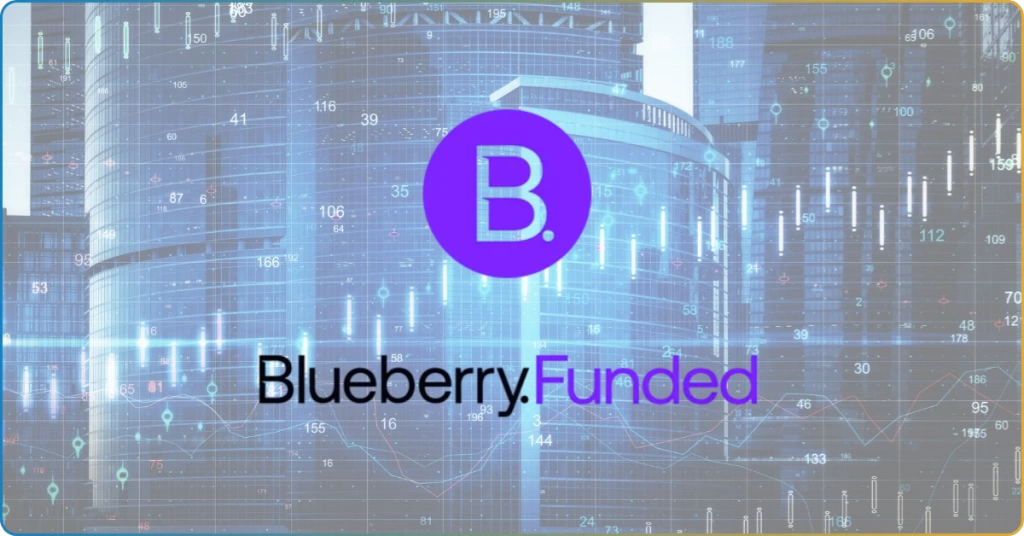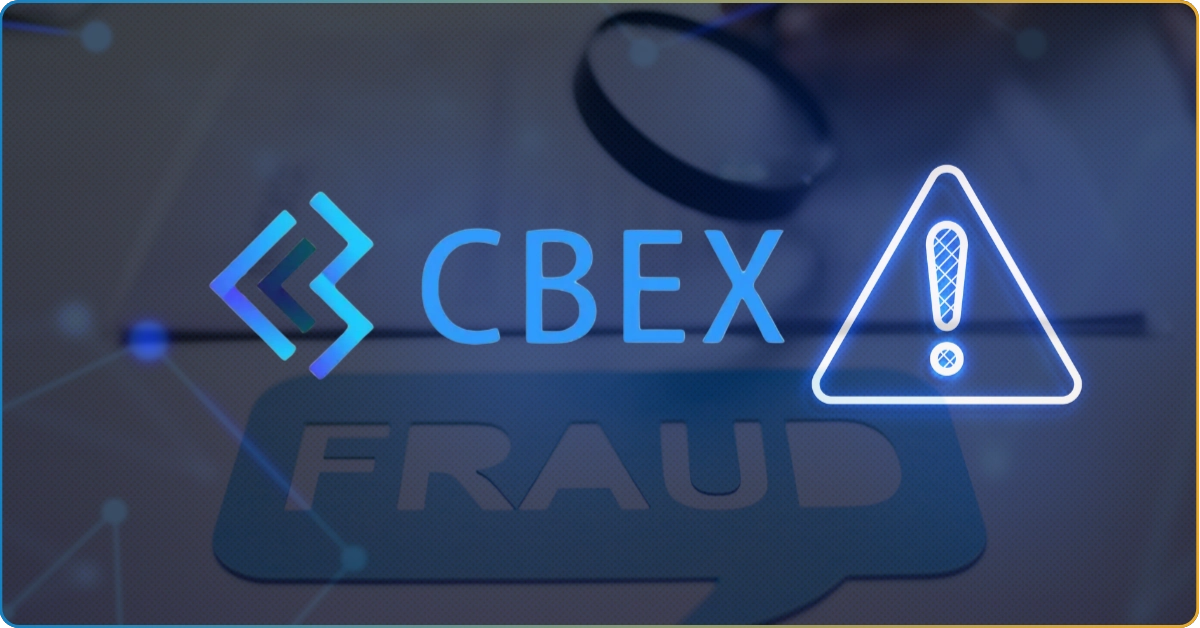Trading currency pairs requires a deeper understanding of the unemployment rate and its impact on the country’s economy and currency. This is especially true if you want to profit from it. (and who doesn’t?)
While understanding unemployment rate news is a layered process, it’s certainly not a rocket science.
Simply look at it this way: Unemployment represents the country’s unutilized economic resource. These people don’t have a salary and don’t contribute to the monetary operations. Lack of access to profits entails the possibility of poverty and tax participation, two critical economic indicators.
In this TRU Insight, we’ll explore the critical role of the unemployment rate in South Africa and its economic performance. Read on to learn how the unemployment rate helps you analyze the forex market.
How does the Unemployment Rate impact a Currency and the Forex Market?
All financial markets are highly intertwined with the economy. Forex traders seek the relative strength of one currency compared to another. Company stocks move along with the economic performance of their host country. Commodity prices are driven by the trade balance of their respective leading producers.
Even cryptocurrency—the asset class with its own economics (tokenomics)—is affected by the global economy.
Thus, it is safe to say that the economy plays a big role in your potential trading profitability. One critical economic indicator is the unemployment rate.
The unemployment rate is a statistical measure of the country’s free labor force. In other words, it represents the percentage of citizens without a job.
But really, what does this mean to the country’s economic performance?
The free labor force represents the unused resources that drive economic activity.
Because these unemployed individuals are not economically active, they are not in the job market; thus, the local equity is not maximizing the supposed operational growth and profits.
Furthermore, because unemployed individuals don’t have access to a salary, they tend to contribute to the country’s poverty rate, which is an indicator of inflation. The poorer the country, the poorer its economic performance.
Two Groups in the Labor Market
Before we examine the unemployment rate in South Africa in more detail, we must first understand what comprises the labor market.
In Labor Force
When we think of the labor market, the people in the labor force are the first ones to come to mind. However, this labor market group is not limited to employed individuals (either full-time or part-time employed).
In fact, the primary group measured in the unemployment rates are—obviously—unemployed individuals.
To get the unemployment rate of the country, you take the total number of the labour force, divide it by the unemployed population, and multiply it by 100 to get the percentage.
Labor Force Formula = Employed + Unemployed
Unemployment Formula = (Unemployed / Labor Force) x 100
In South Africa, the Department of Statistics South Africa is responsible for surveying the public to determine the actual number of unemployed and employed South Africans.
The Labour Force Survey QLFS (Quarterly Labour Force Survey) was released every quarter of the year.
Not In the Labor Force
As the name suggests, this group is those who are not economically active. This includes those who are not looking for jobs due to valid reasons, retired individuals, and those who are permanently unable to work.
Those who are not looking for jobs are either students, people deprived of liberty (PDL), or individuals caring for family members on a voluntary basis.
Types of Unemployment Rate
Before we actually dive into the unemployment rate of South Africa and how experts expect it to affect the South African Rand, let’s first look at the three primary types of unemployment rates.
Knowing these is essential to interpret the unemployment rate news release and gauge the economic performance of a country:
| High unemployment rate | Signals economic distress (reduced consumer spending & lower economic output) | 6% and above |
| Low unemployment rate | Indicates positive economic performance but has the potential for a heated economy | 3.5% and below |
| Optimum unemployment rate | Sees balance between economic growth and stability | 3.5% to 4.5% |
Unemployment Rate in South Africa in 2025?
According to the latest QLFS, economically struggling South Africa witnessed an easing unemployment rate in the last quarter (Q4) of 2024.
From the previous quarter’s 32.1%, South Africa’s labor market saw a 0.3% decrease in the country’s unemployment rate. While this entails an increase in the labor force, it’s still insufficient to conclude a positive economic outlook for the country.
As underscored in the 2025 State of the Nation Address (SONA), the country’s unemployment rate remained a top concern. South Africans are not only having a hard time securing a job. In fact, around 780,000 employed individuals (4.6% of the SA labor force) can’t access livable work hours due to underemployment.
Read More: SA Stocks Are Having Its Strongest Years in 12 Years
What Causes Unemployment in South Africa?
South Africa has a long history of a staggering unemployment rate. Over the past decade, the country’s labor market hasn’t experienced an unemployment rate below 20%.
Here’s an overview of the unemployment rate in South Africa over the past decade.
| Year | Annual Unemployment Rate |
| 2015 | 22.87% |
| 2016 | 24.02% |
| 2017 | 23.99% |
| 2018 | 24.22% |
| 2019 | 25.54% |
| 2020 | 24.34% |
| 2021 | 28.77% |
| 2022 | 28.84% |
| 2023 | 27.99% |
| 2024 | 32.6% |
As shown in the table above, the South African labor market has witnessed a more than 5% increase in the unemployment rate. This big jump has made the job market a top concern in the country.
Here are the reasons why South Africa’s unemployment rate remains a persistent issue.
Lack of Education and Training
As the saying goes, access to education is access to employment. Unfortunately, South Africa’s education system is not its strongest suit.
In fact, over 919,000 South African children are out of school. South Africa’s school-age population (5 to 14 years old) amounted to 11,366,226 in 2024.
This means that 8.09% of children don’t have access to primary education, the most critical phase of children’s formative years.
Lack of Support for Informal Economy
Did you know South Africa’s informal sector employs 19.5% of the country’s workforce?
This sector comprises non-VAT-registered businesses, including street vendors, home-based businesses, and unregistered enterprises. While this sector grows each year, from 1.1 million in 2009 to 1.9 million in 2023, the government remains unsupportive of the industry.
According to the Department of Statistics South Africa, this sector has been providing opportunities for millions who don’t have access to the formal job market. However, the sector is “often overlooked” in the country’s economy.
Unbalanced Labor Supply and Demand
Labor supply and demand (also referred to as skills supply and demand) remained the pressing issue that caged the unemployment rate of South Africa at staggering rates.
The Organization for Economic Co-operation and Development (OECD) defined these three factors as the primary driver of labor or skill misbalance:
- Labor/Skills shortages refer to an event wherein the demands are significantly higher than supply. This misbalance is manifested when businesses have difficulty hiring individuals with matched skills or salary requirements.
- Labor/Skills surpluses indicate that the demands are significantly lower than the available supply. With businesses incapable of hiring more individuals for the position, many individuals were left unemployed or settled in the informal job sector.
- Labor/Skills mismatches occur when workers’ skills are inadequate relative to the skillset needed for their job.
Remaining Impact of the Great Recession
The Great Recession, or global financial crisis (GFC), had shaken the world from 2008 to 2009. From the exponential increase in US mortgages to the almost bankrupt large banks around the world, the GFC left a significant reality check on the global economy.
As a struggling country, South Africa still feels the impact of the recession to this day. While most affected countries recovered from excessive job losses, South Africa—dubbed the most economically active African country—remained beaten up by the impact of the great recession on the country’s labor market.

















